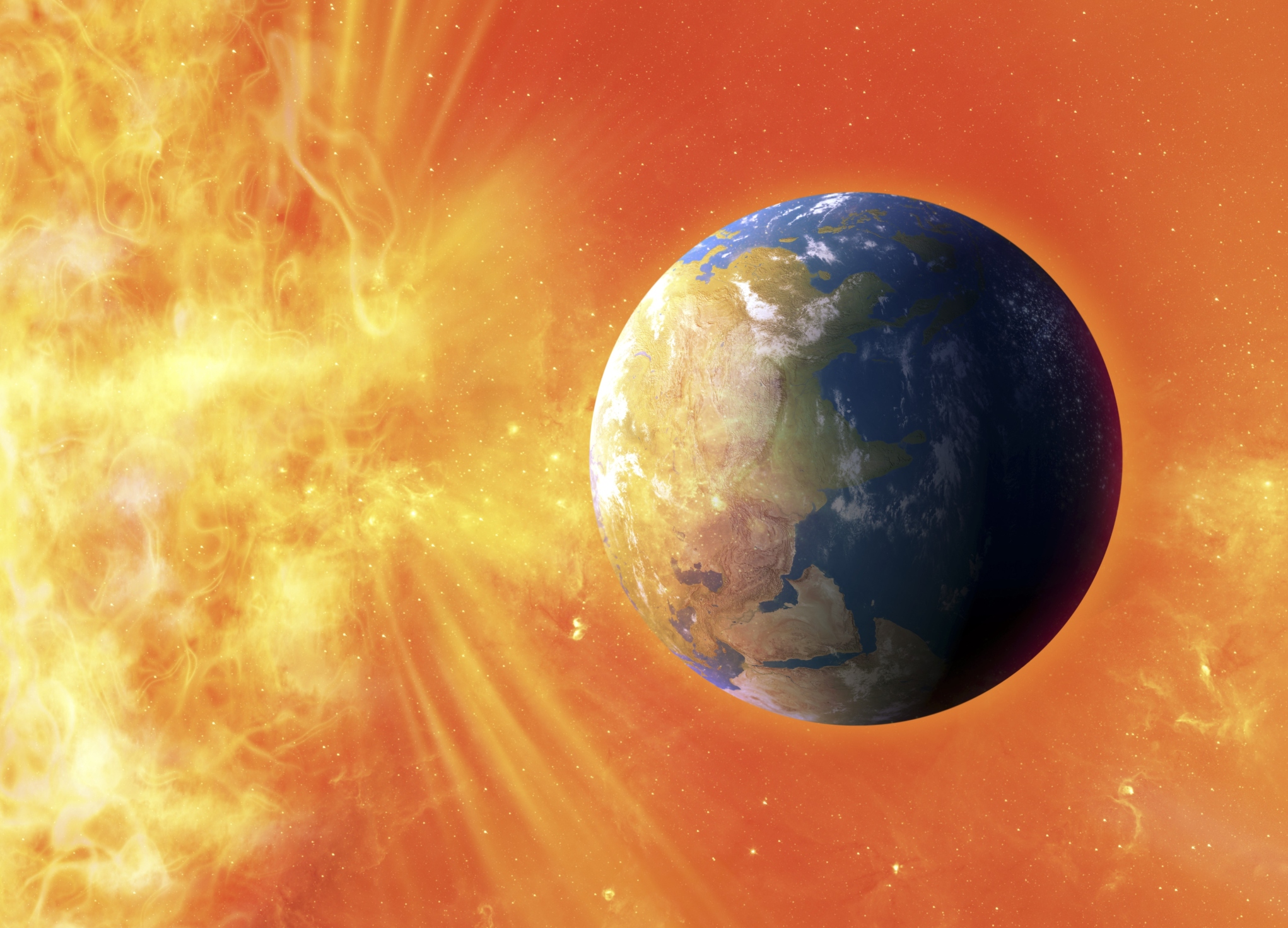Huge Solar Storm Hit Earth Over 2,000 Years Ago – NASA Warns We Could Be Hit Again In 2020

The sci-fi scenario in which Earth gets hit by “explosions on the Sun” was once a reality and it can be one again.
Sometimes our Sun produces highly energetic particles, and these are accelerated by the magnetic reconnection in solar flares or by coronal mass ejections called shock waves.
The trajectories along with the interplanetary magnetic field lines are followed by energetic particles.
The phenomena are called SPEs – solar proton events and they threaten modern society.
Back in 591 BC, a huge solar storm hit our planet
Professor Raimund Muscheler from Lund University and his colleagues analyzed ice cores from Greenland to learn more about SPEs. The results showed that back in 591 BC, a massive solar storm hit the plant.
“If that solar storm had occurred today, it could have had severe effects on our high-tech society,” Professor Muscheler said.
This event can be compared to the strongest SPE detected at 775 CE, and it is only the third of its kind.
Another solar storm could hit in 2020
During the minimum activity, the Sun is not bursting solar flares, but this does not mean that it’s hibernating. In such times of lower activity, the Sun gives way to Coronal Mass Ejections through the Sun’s magnetosphere.
Coronal Mass Ejections are throwing some pretty massive amounts of charged particles and radiation to space, and our beloved planet could be hit if the emissions are in our direction.
NASA warned that such a devastating solar storm could hit our planet the very next year.
“We see these holes throughout the solar cycle but during solar minimum they can last for a long time – six months or more. During solar minimum, the Sun’s magnetic field weakens and provides less shielding from these cosmic rays. This can pose an increased threat to astronauts traveling through space,” said Dean Pesnell of NASA’s Goddard Space Flight Center.
If you are wondering what kind of effects such an event could have on the planet, well here they are: “While the storms create beautiful aurora, they also can disrupt navigation systems such as the Global Navigation Satellite System and create harmful geomagnetic induced currents in the power grid and pipelines,” explained the US Space Weather Prediction Center (SWPC).
0 comments